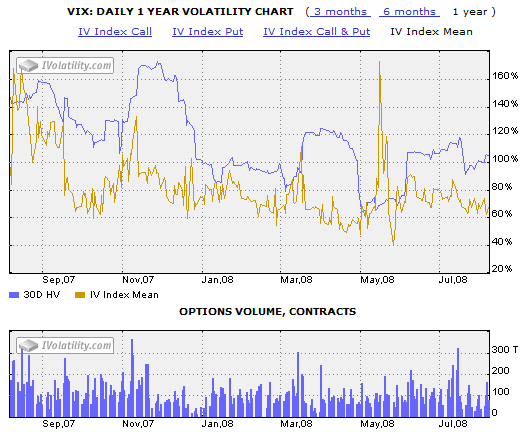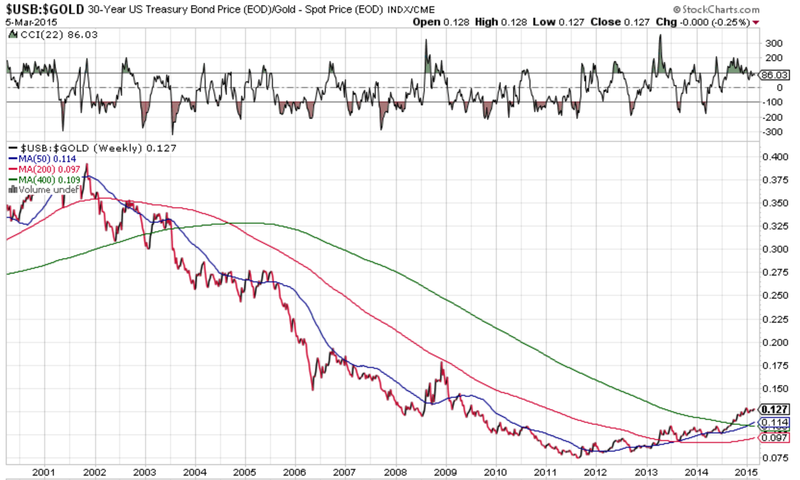Hedging a Canadian Stock Portolio with a Double Inverse ETF
Post on: 4 Апрель, 2015 No Comment

I received an email a few days ago from a reader who asked about hedging a portfolio, specifically using HXD which is the Horizons BetaPro S&P/TSX 60 Bear Plus Fund. What a mouthful! For those who are not familiar with double and double inverse ETFs, essentially they provide 200% of the daily performance of an underlying index which in this case is the S&P/TSX 60 index. (Click here to read a more in-depth description I wrote a while back )
The regular Bull ETF will return 2% when the S&P/TSX60 is up 1%, and will return -2% when the index is down 1%.
The Bear version gives you 200% of the inverse performance so if the S&P/TSX is up 1%, the Bear ETF IS DOWN 2%. If the index is down 1%, the Bear ETF is UP 2%.
Here is the original email:
I enjoy your blog and wonder if you would consider a column on the ins and outs of using a hedge (notional or formal) to reduce investment risk. A concrete example might be based on a primary investment in the TSX index with a hedge using the Horizon S&P TSX Bear Plus ETF(HXD). Or bonds. Or ishares XIN. Or ? When is it a hedge and when is it diversification? How much is enough? etc.
Hedging is the complete opposite of Speculation. Another way to put it is that speculation is the taking on of risk in the hopes of a higher reward, and hedging is the elimination of risk and the elimination of higher potential rewards. The two are diametrically opposed.
Lets assume that our test investor invests in XIU which is the iShares ETF that tracks the S&P/TSX60 index. In order to completely hedge the portfolio (reduce all risk), he would need to hold 1/3 of his portfolio in HXD (the double inverse ETF that tracks the same underlying index). While he was doing this, his portfolio will be a flat line (actually it will be a slightly negative line over time as the MERs of each ETF will create a small drag on the portfolio). If he only wanted to reduce a portion of the volatility he could use smaller amounts of HXD. The graph below shows the the effects of different levels of hedging.

You can see that holding 33% HXD completely removes risk from the portfolio and completely removes all returns as well. This is a perfect hedge. By using smaller percentages of HXD you can reduce the level of volatility (and corresponding returns) as much as you want.
So when would you hedge? Clearly from above, it would make sense that long term investors would not need to hedge their portfolios. If the goal is to reduce volatility ONLY, then as a long term investor you would look for other investments that had similar return expectations and low or negative correlation to your existing assets. That is diversification and it is different from hedging specifically because you are only trying to reduce volatility, not returns (hedging does both).
Subscribe to the free Email Updates to learn more about personal finance.
If you like this blog, you might like my book:
RRSPs: The Definitive Book on Registered Retirement Savings Plans














